

Articles
How To Store Wool Coats
Modified: February 23, 2024
Learn the best practices for storing wool coats in this informative article. Keep your coats looking fresh and free from damage with these helpful tips.
(Many of the links in this article redirect to a specific reviewed product. Your purchase of these products through affiliate links helps to generate commission for Storables.com, at no extra cost. Learn more)
Introduction
Wool coats are a timeless staple in any wardrobe, known for their warmth and sophistication. Whether it’s a classic peacoat, a cozy trench, or an elegant wool-blend jacket, proper storage is essential to maintain the quality and longevity of these garments.
When not in use, wool coats should be stored in a way that protects them from dust, moisture, and pests, while still keeping them easily accessible. In this article, we will guide you through the steps to ensure that your wool coats remain in top condition during their time in storage.
From choosing the right storage location to preparing the coat for storage, using garment bags, incorporating natural products, and regular maintenance, we’ll cover it all. So let’s dive in and learn how to store your wool coats the right way.
Key Takeaways:
- Properly storing wool coats involves choosing a cool, dry location, cleaning the coat before storage, and using protective measures like garment bags or natural products. Regular checks ensure their longevity and quality.
- Folding wool coats carefully, using garment bags, and incorporating natural products like cedar blocks or lavender can protect them from pests and maintain their freshness. Regular inspections help address any issues promptly and preserve their quality.
Read more: How To Store A Wool Coat
Choosing the Right Storage Location
When it comes to storing your wool coats, selecting the right storage location is crucial in maintaining their quality. Ideally, you should choose a cool, dry, and well-ventilated area for storing your coats. Avoid areas with direct sunlight or excessive humidity, as these can cause damage to the wool fibers.
Consider using a closet or wardrobe that is away from windows and heating vents. These areas provide a stable and controlled environment, protecting your coats from extreme temperature fluctuations. If closet space is limited, you can also use a designated storage box or trunk specifically for your coats.
Another important factor to consider is the cleanliness of the storage space. Make sure the area is free from dust, dirt, and pests. Dust particles can settle on the fabric and create a breeding ground for pests, while pests like moths can cause irreparable damage to your wool coats.
If you’re storing your coats in a closet, it’s a good idea to line the shelves or use garment bags to provide an extra layer of protection. These measures will help to prevent any dust or debris from settling on the coats and keep them in pristine condition.
To summarize, choose a cool, dry, and well-ventilated storage location that is away from direct sunlight and excessive humidity. Keep the area clean and consider using garment bags or lining shelves to provide additional protection.
Cleaning and Preparing the Wool Coat
Prior to storing your wool coat, it is essential to clean and prepare it properly. This ensures that any dirt, stains, or odors are removed, preventing them from setting into the fabric during storage.
The first step is to carefully read the care instructions provided by the coat’s manufacturer. Some wool coats may require professional dry cleaning, while others may be suitable for gentle handwashing or machine washing on a delicate cycle. Following the correct cleaning method is crucial to avoid damaging the coat.
If your coat is dry clean only, take it to a reputable dry cleaner with experience handling wool garments. Inform the cleaner about any specific stains or areas of concern so that they can give those areas extra attention.
If the coat is machine washable, use a gentle detergent designed for wool or delicates. Make sure to set the washing machine to a cold water setting and select the delicate cycle. Place the coat in a mesh laundry bag or pillowcase to protect it from abrasion.
After cleaning, allow the coat to air dry completely. Avoid using a dryer, as the high heat can cause the wool fibers to shrink or become misshapen.
Once the coat is dry, give it a thorough inspection to ensure there are no remaining stains or damage. If you notice any stains, consider spot cleaning or taking it to a professional cleaner for further treatment.
After the coat is clean and dry, it’s time to prepare it for storage. Gently brush the coat with a soft-bristle brush to remove any lint, hair, or surface dirt. This will keep the coat looking fresh and ready for the next wear.
If your wool coat has removable accessories, such as detachable belts or faux fur collars, remove them before storing. These items can be stored separately to prevent them from damaging the coat or becoming tangled.
By cleaning and preparing your wool coat before storage, you ensure that it is in optimum condition and ready to be worn when you take it out again.
Folding the Wool Coat
When it comes to folding your wool coat for storage, it’s important to do it in a way that minimizes creasing and maintains the shape of the garment. Proper folding helps to prevent unnecessary stress on the fabric and ensures that the coat looks pristine when you’re ready to wear it again.
The first step is to lay your coat flat on a clean surface, such as a bed or table, with the front facing up. Smooth out any wrinkles or folds in the fabric gently with your hands.
With the coat fully extended, fold one side of the coat across the front, lining up the edges of the sleeves and body. Take care to align the seams and edges as neatly as possible.
Next, fold the other side of the coat across the front to create a compact and symmetrical shape. Ensure that the sleeves and body are aligned correctly and that the edges are smooth.
To prevent excessive creasing, consider placing acid-free tissue paper or a clean cotton cloth between the folds of the coat. This additional layer of protection helps to cushion the fabric and minimize creases.
Once the coat is folded, you can further protect it by placing it in a garment bag. Make sure to choose a breathable garment bag made of a natural material like cotton or canvas. Avoid using plastic bags, as they can trap moisture and cause damage to the wool fibers.
Before sealing the garment bag, gently remove any excess air to minimize the likelihood of creasing. You can press down on the bag or use a vacuum-sealed storage bag if available.
Finally, store the folded and bagged wool coat in the chosen storage location, such as a closet or storage box. Ensure that it is placed in an upright position to maintain its shape. Avoid piling heavy objects on top of the coat, as this can cause unnecessary pressure and distortion.
By following these steps, you can fold your wool coat in a way that preserves its shape and minimizes creases, ensuring that it stays in excellent condition during storage.
Using Garment Bags for Long-Term Storage
Garment bags are an excellent option for long-term storage of wool coats. They provide an extra layer of protection against dust, moths, and other pests, keeping your coats in optimal condition until you are ready to wear them again.
When selecting a garment bag, opt for one made of a breathable material like cotton or canvas. Avoid using plastic bags, as they can trap moisture and cause mold or mildew to develop on your wool coats.
Before placing your coat in the garment bag, ensure that it is clean and completely dry. Any moisture left on the coat can result in musty odors and potential damage to the fabric.
When placing the coat in the garment bag, make sure it is folded neatly to avoid unnecessary creasing. If possible, avoid overcrowding the bag to allow for proper air circulation around the coat.
To provide additional protection, consider adding moth repellents or cedar blocks to the garment bag. Mothballs and cedar products are commonly used to deter moths and prevent them from infesting the wool fabric. However, be cautious when using mothballs as they can have a strong smell and may require proper ventilation.
Once the coat is inside the garment bag, zip it up or secure it with the provided closures. This prevents dust and pests from entering the bag and coming into contact with your precious wool coat.
After closing the garment bag, store it in the chosen storage location, making sure it is hung or placed in an upright position. Avoid placing heavy objects on top of the bag to prevent any unnecessary pressure or distortion of the coat.
Remember to regularly check on your stored wool coats, especially if they are in long-term storage. Take the opportunity to inspect for any signs of pests or mold and ensure that the storage area remains clean and dry.
By utilizing garment bags for long-term storage, you can provide an added layer of protection for your wool coats, keeping them in excellent condition and ready to wear whenever the occasion calls for it.
Store wool coats in a cool, dry place with good air circulation to prevent mold and mildew. Hang them on padded hangers to maintain their shape, and cover them with garment bags to protect from dust and moths.
Alternatives to Garment Bags
If garment bags are not readily available or you prefer alternative methods for storing your wool coats, there are a few options to consider. While garment bags offer an effective way to protect your coats, these alternatives can still provide adequate storage and preservation.
1. Cotton Dust Covers: Cotton dust covers or cloth bags are a practical alternative to garment bags. These breathable covers help protect your coats from dust and allow for air circulation. Make sure to choose covers made of natural fabrics and avoid synthetic materials that can trap moisture.
2. Zippered Plastic Storage Bags: If you don’t have access to garment bags or dust covers, you can use zippered plastic storage bags as an alternative. However, it’s important to select bags that are large enough to accommodate your coats without causing unnecessary creasing. Additionally, be mindful of the potential moisture buildup that can occur with plastic bags.
3. Vacuum-Sealed Bags: Vacuum-sealed storage bags can help save space and protect your wool coats from dust and pests. These bags work by removing the air using a vacuum cleaner, creating a compact package. However, be cautious when using vacuum-sealed bags, as the compression may cause excessive creasing or misshaping of the coat over time.
4. Wardrobe or Closet Storage: If you have a spacious wardrobe or closet with adequate shelf space, you can opt to fold your wool coats and store them on shelves. To protect them from dust, consider lining the shelves with clean cotton or fabric. Place each folded coat with enough space between them to avoid excessive compression.
5. Storage Boxes: Sturdy storage boxes can be used to store your wool coats, especially for long-term storage. Ensure that the boxes are clean and lined with acid-free tissue paper or fabric to prevent direct contact between the coats and the box material. Avoid overcrowding the boxes to maintain the shape of the coats.
Remember to choose a storage method that aligns with your available space and storage needs. Whichever alternative method you choose, ensure that your coats are clean, dry, and properly folded before storing them.
By exploring these alternative storage methods, you can find a suitable option for preserving the quality and longevity of your wool coats when garment bags are not readily available.
Storing Wool Coats with Natural Products
When it comes to storing wool coats, many people prefer to use natural products to protect them from pests and maintain their freshness. Natural products are an excellent alternative to chemical mothballs and provide an environmentally-friendly approach to wool coat storage.
1. Cedar Blocks or Chips: Cedar is a natural moth repellent that emits a pleasant fragrance while deterring moths and other pests. Place cedar blocks or chips in your storage area or among your folded wool coats to create a protective barrier. Make sure to periodically refresh the cedar scent by sanding the blocks or adding a few drops of cedar essential oil.
2. Lavender: Lavender is another natural ingredient known for its insect-repellent properties. Create small sachets filled with dried lavender buds or use lavender essential oil on cotton balls. Place these sachets or cotton balls in your storage area or directly with your coats to keep moths away and enjoy the calming aroma of lavender.
3. Essential Oils: Various essential oils, such as rosemary, peppermint, and thyme, are also effective at repelling moths and other pests. Dilute a few drops of your chosen essential oil in water and mist it on your coat or spray it in the storage area. Be cautious with using essential oils directly on the coat, as certain oils may stain or damage the fabric.
4. Herbal Sachets: Create your own herbal sachets by combining dried herbs like rosemary, thyme, mint, and bay leaves. Bundle them in cotton or muslin cloth and place them near your wool coats in the storage area. These herbal sachets not only repel pests but also add a pleasant scent to the surrounding space.
5. Silica Gel Packs: Silica gel packs are moisture-absorbing pouches commonly found in product packaging. They can help prevent moisture buildup, which is essential for storing wool coats in humid environments. Place a few silica gel packs in your storage area or within your garment bags to maintain optimal moisture levels.
By utilizing these natural products, you can protect your wool coats from pests while enjoying the benefits of their pleasant fragrances. Remember to periodically check and refresh the natural products to ensure their effectiveness.
If you prefer not to use natural products directly on your wool coats, you can incorporate them by placing the products in your storage area or using them in adjacent spaces.
Checking on Stored Wool Coats Regularly
While proper storage measures can go a long way in protecting your wool coats, it’s important to periodically check on them to ensure their condition is maintained. Regular inspections allow you to detect any issues early on and take appropriate action to prevent further damage.
1. Pest Infestation: Check for any signs of pest infestation, such as moth larvae or droppings. Inspect the storage area, hangers, and garment bags for any visible pests or their presence. If you notice any signs of infestation, take immediate action to eliminate the pests and prevent further damage.
2. Mold or Mildew: Check for any signs of mold or mildew growth on the coats or in the storage area. Look for visible discoloration, musty odors, or dampness. If mold or mildew is present, address the issue promptly by removing the affected coats, cleaning the storage area thoroughly, and ensuring proper ventilation and moisture control.
3. Moisture Levels: Assess the moisture levels within the storage area. Excess moisture can lead to mold growth or damage to the wool fibers. Use a dehumidifier or moisture-absorbing products like silica gel packs to maintain optimal humidity levels.
4. Shaping and Creasing: Check the shape and condition of the coats to ensure they’re still maintaining their intended shape. Smooth out any visible creases or folds and adjust the position of the coat if necessary. This step helps prevent permanent creasing and ensures the coat looks its best when you wear it.
5. Odor Control: Sniff the stored wool coats for any strange or unpleasant odors. If you detect any musty smells or odors, consider hanging the coat outside in fresh air or using mild odor-absorbing products like baking soda or activated charcoal to eliminate the odor.
By conducting regular checks on your stored wool coats, you can address any issues promptly and take the necessary steps to preserve their quality. Additionally, it provides you with an opportunity to refresh the storage area, assess the effectiveness of your storage methods, and ensure that the coats are ready to be worn when needed.
Remember to document any changes or observations during your inspections to track the condition of your wool coats over time. This will help you determine if any adjustments to your storage methods or conditions are necessary.
Conclusion
Properly storing your wool coats is essential to maintain their quality and ensure they remain in excellent condition for years to come. By following the guidelines outlined in this article, you can protect your coats from dust, pests, and damage, allowing you to enjoy them for many seasons.
Choosing the right storage location, such as a cool and dry area with proper ventilation, sets the foundation for successful storage. Cleaning and preparing the coat before storage removes any stains or odors that may set into the fabric during storage.
Folding the wool coat carefully minimizes creasing and maintains the shape of the garment. Using garment bags or other suitable alternatives adds an extra layer of protection against dust and pests.
Additionally, incorporating natural products like cedar blocks, lavender, or herbal sachets can deter moths and pests without the need for harsh chemicals. Regularly checking on stored wool coats allows you to address any issues promptly, such as pest infestations or mold growth.
In conclusion, by implementing these storage practices and regularly maintaining and inspecting your wool coats, you can extend their lifespan and keep them in optimal condition. Remember to choose a suitable storage location, clean the coat before storage, and use protective measures like garment bags or natural products.
By investing a little time and effort into proper storage, you will be rewarded with well-preserved and ready-to-wear wool coats whenever the chilly weather calls for it. So, take care of your wool coats, and they will continue to be stylish and reliable companions for seasons to come.
Frequently Asked Questions about How To Store Wool Coats
Was this page helpful?
At Storables.com, we guarantee accurate and reliable information. Our content, validated by Expert Board Contributors, is crafted following stringent Editorial Policies. We're committed to providing you with well-researched, expert-backed insights for all your informational needs.
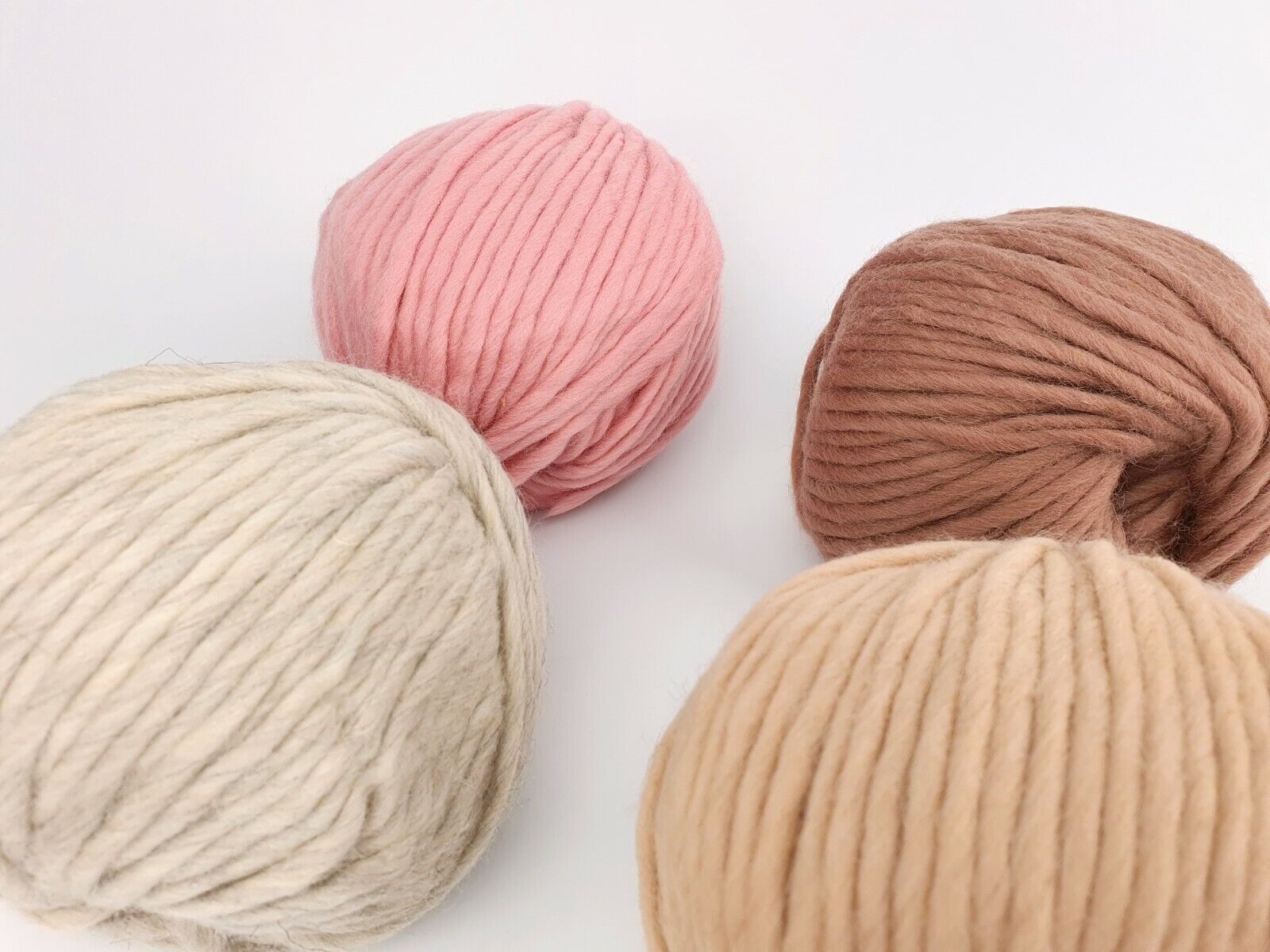


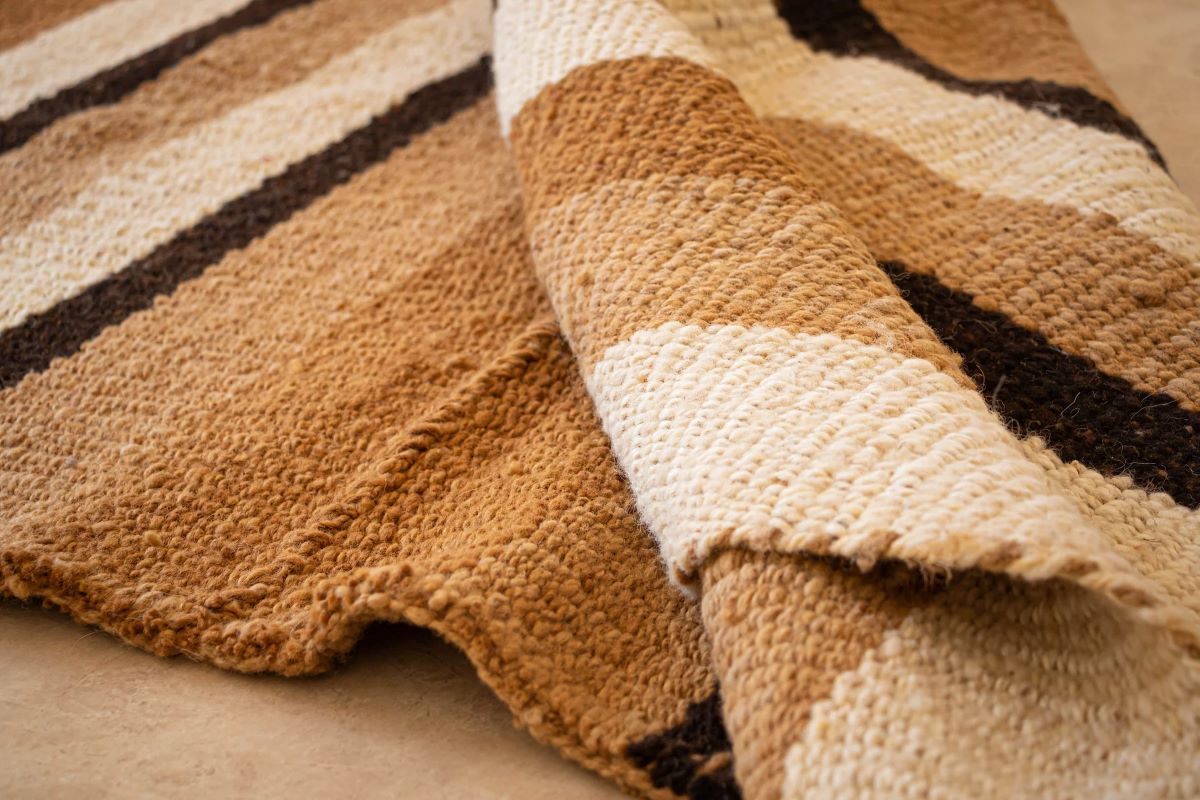
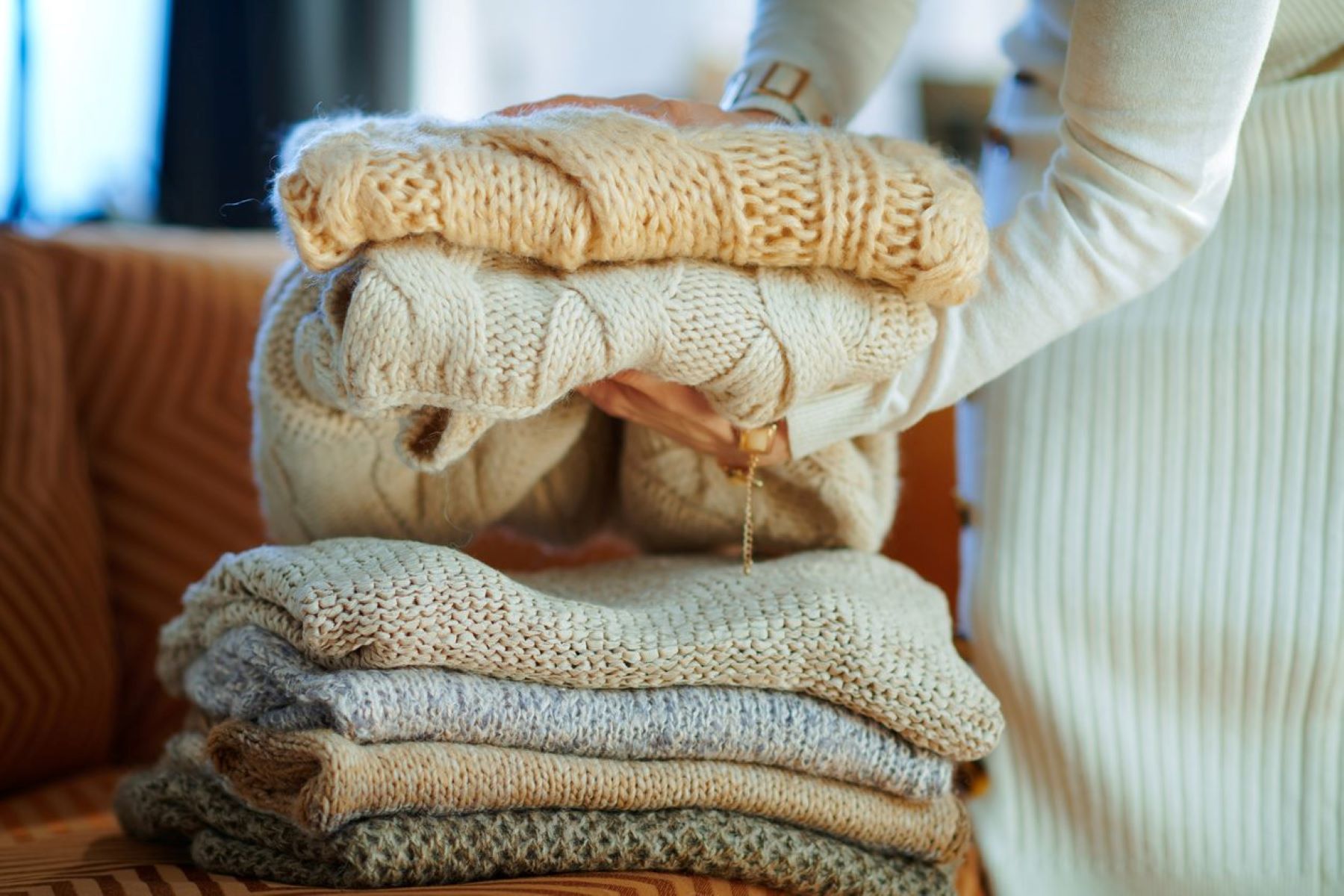



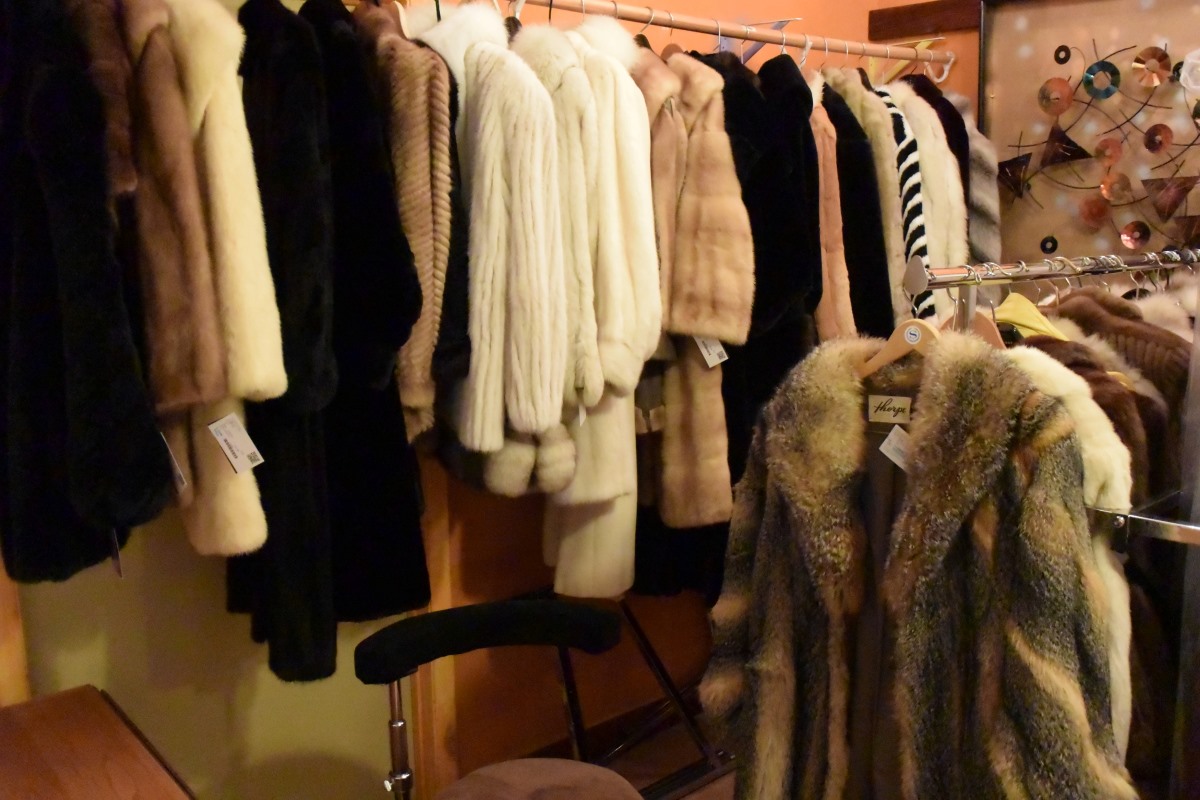


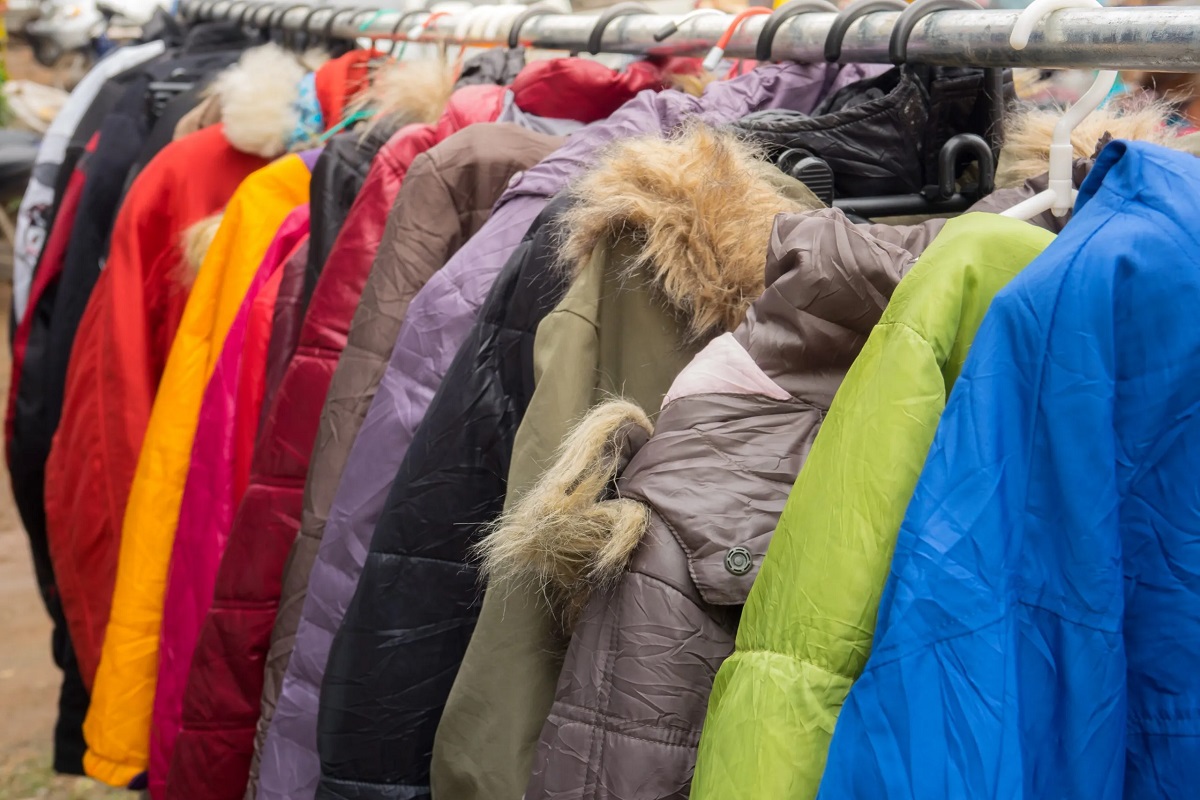



0 thoughts on “How To Store Wool Coats”